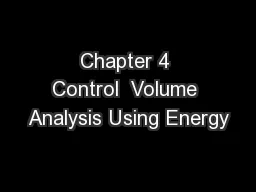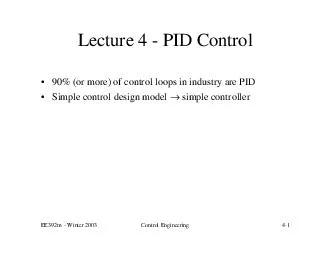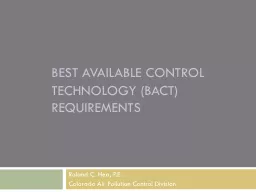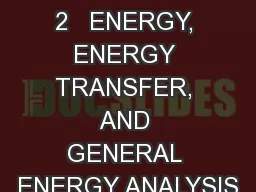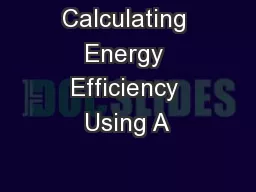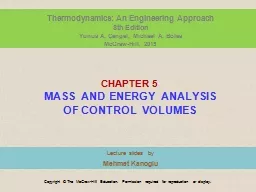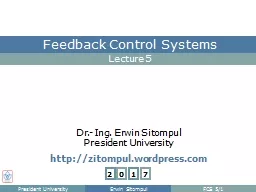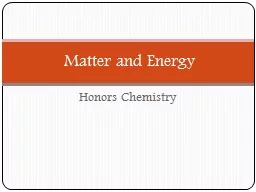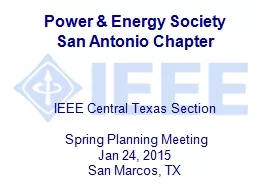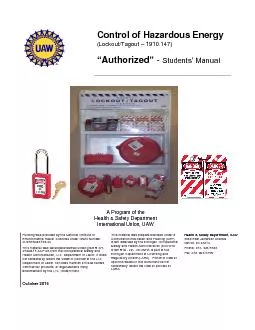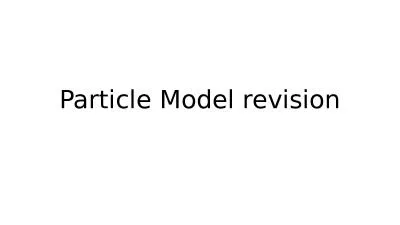PPT-Chapter 4 Control Volume Analysis Using Energy
Author : tawny-fly | Published Date : 2018-11-25
432012 925 PM Dr Mohammad Abuhaiba PE 1 Objectives of this chapter Develop and illustrate the use of the control volume forms of the conservation of mass and
Presentation Embed Code
Download Presentation
Download Presentation The PPT/PDF document "Chapter 4 Control Volume Analysis Using..." is the property of its rightful owner. Permission is granted to download and print the materials on this website for personal, non-commercial use only, and to display it on your personal computer provided you do not modify the materials and that you retain all copyright notices contained in the materials. By downloading content from our website, you accept the terms of this agreement.
Chapter 4 Control Volume Analysis Using Energy: Transcript
Download Rules Of Document
"Chapter 4 Control Volume Analysis Using Energy"The content belongs to its owner. You may download and print it for personal use, without modification, and keep all copyright notices. By downloading, you agree to these terms.
Related Documents

